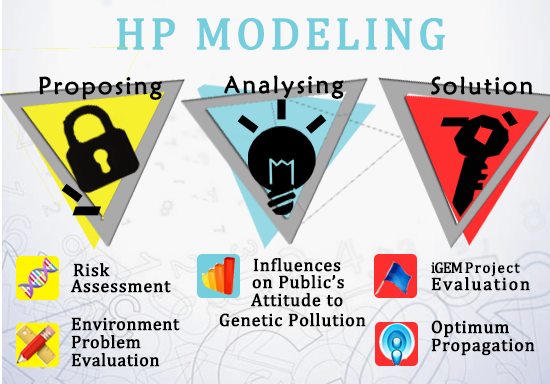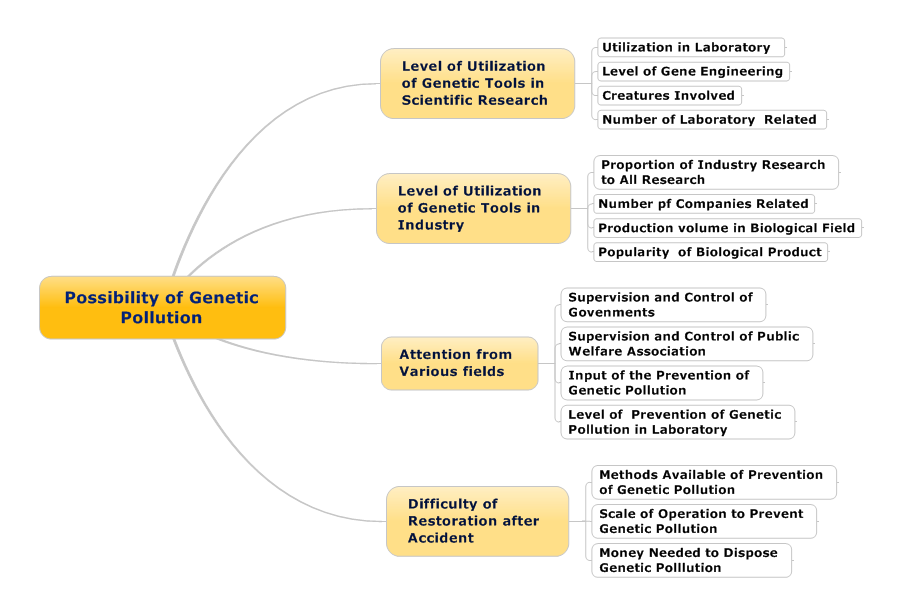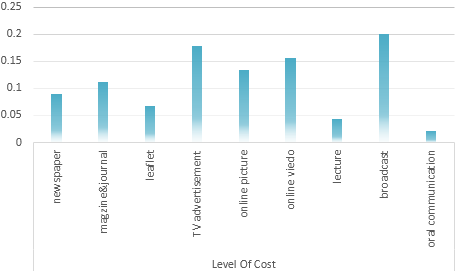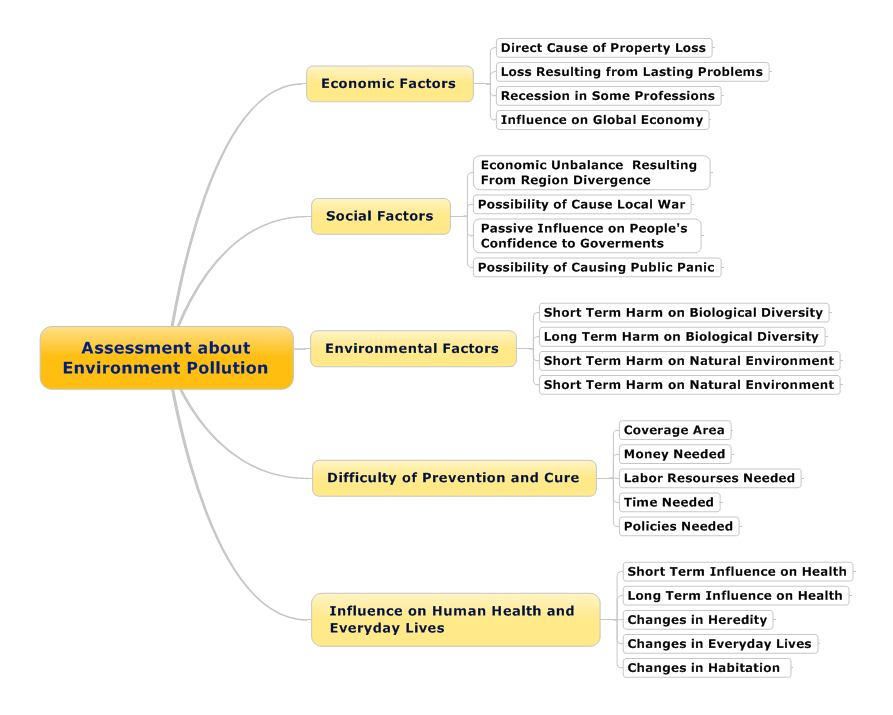Team:Tianjin/Modeling/Human
From 2012.igem.org

Background
Gene Contamination has been proposed as a potential hazard by Chinese specialist. Transgenic suffered from 3 aspects of nondeterminacy, the chain reactor after the altered of life structure, the potential risk of the food chain and the transgenic contamination, propagation, proliferation, and clear. Until the beginning of the 21st century, transgenic contamination has occurred in many countries world widely, such as Starlink Corn in America, transgenic canola in Canada and corn transgenic contamination in Mexico. All of these facts prove that the hazard of transgenic contamination could not be regarded. But for the limitation of the statistics, many prediction and analysis couldn’t be conducted. In our modeling process, we start from the most fundamental problem, trying to construct a right stream of proposing, analyzing and solving problem from detail to macroscopy. Two models concerning proposing problem predicted the hazard of genetic contamination. The analyzing model focused on a variety factors relating with the attitudes of four major group in society, government, industry, public and institutes. The solving model emphasized on two hands, one is the effectiveness of our project and, on the other hand, the publicizing strategy referring to the necessity of the mastery of the genetic safety knowledge. What's more, parts of our modeling can be adapted to most of the similar issues, which is a acceptable reference for the followup teams.
iGEM Project evaluation model
The Problem
Our projects need to be evaluated through eyes of public, especially through comparison with other similar projects. Evaluation are difficult to be done without comparison, to evaluate our project of genetic safety, we have compared our AegiSafe O-Key with other similar gene safety projects: that of the 2011 Imperial college of London and of the 2011 Yale University. After thoroughly investigation of how others evaluate scientific projects, we have made up an evaluation system to assess our project through eyes of people who have been introduced about our projects. What is more, this system can also be used to comprehensively evaluate any other iGEM team projects to individual positioning and to simplify and to improve the lengthy evaluation work of iGEM judgers.
Our Evaluation System
In assessing the various projects from the whole world, a comprehensive evaluation contains divergence measurable indexes. We have done so much literature work to make sure that our evaluation system contains all related and useful perspectives. Finally, an overall and systematic evaluation system is established. The frame diagram of this system is shown in the Figure 1. The shape of the system seems like a tree, so it is also called evaluation tree.
How to Use the System
The evaluation system is also very easy to use, we only need to rank the teams waiting for evaluation through the different perspectives at the leaf note (the points which do not have child note) of the evaluation tree. After collecting of the data, we only need to do some basic calculation to obtain the final result of the evaluation of these teams on different layer of evaluation index. All these calculation results will be very useful to help us to understand all these teams' performance in all possible level and perspectives.
The Inner Operating Principles: AHP
All the data are obtained from that of questionnaire. And the relative values are transformed through comparison matrix. All the other calculation procedures are flow the previous procedure of AHP method.
Results and Discussion
- The overall performance of the three teams
- The performance of the three teams in the aspect of overall economic factor
- The performance of the three teams in the aspect of social welfare factor
- The performance of the three teams in the aspect of academic level
- The performance of the three teams in the aspect of green and sustainability
Conclusion
An overall evaluation system of iGEM team projects is established and tested through our example (comparison of 2011 Yale, 2011 Imperial College and 2012 Tianjin)
| Academic Level | Commercialized Degree | Social Welfare | Economic Factor | Green & Sustainalbility | Overall Evaluation | |
|---|---|---|---|---|---|---|
| Yale 2011 | ||||||
| Imperial College London 2011 | ||||||
| TJU 2012 |
To test the reasonableness of our assessment method, we carried out a test assessment of three iGEM team: Yale 2011, Imperial College London 2011 and TJU 2012. The results showed TJU 2012 rank first, and then Imperial College London 2011 and Yale 2011.
Though the data in the above table, we can see that Yale 2011 ranks first in academic level. This is in accordance with our general thought. TJU 2012 behaves relatively poor in academic level, which is just the weakness of TJU 2012.
In all other aspects, TJU2012 ranks first. This result is not so reasonable. We have reflected upon this problem and proposed several explanations. The main reason may be that our sample size is not large enough and our questionnaire has some unapparent flaws. We can further refine our assessment in several aspects, as shown below.
Reallocate weight value to each assessment level. To complete the job, we need to more surveys and data.
Reconsider every question and find out the ones with biased tendency.
Size up sample capacity. We need to carry out more surveys in varies people to decrease random deviate induced by individual assessment.
Risk Evaluation System of Genetic Pollution
Background and Problem
With the increasing concern about the genetic pollution in our society together with the little knowledge about this newly occurred problem, we are more urgently required to establish a reasonable and comprehensive evaluation system to determine the actual genetic pollution level. With this system, we can also evaluate the seriousness of the genetic pollution under different times and the evaluation result might also be used to predict the future genetic pollution.
Establishment of the System
The construction of this system is based on many literatures analysis which contain related and useful perspectives. The frame diagram of this system is shown in the Figure 7. The shape of the system seems like a tree, so it is also called evaluation tree.
How to use the System
The evaluation system is also very easy to use, we only need to give a grade within the range of (0, 10) through the different perspectives at the leaf note (the points which do not have child note) of the evaluation tree. After collecting of the data, we only need to do some basic calculation to obtain the final result of the evaluation of these teams on different layer of evaluation index. All these calculation results will be very helpful to help us to understand all these teams' performance in all possible level and perspectives.
The Inner Operating Principles
All the data are obtained from that of questionnaire. And the relative values are transformed through comparison matrix. This assessment has three levels. There are four aspects influencing the possible harm of Genetic Pollution. Aim level is the ranking list of the four aspects. The Second level is the detailed information about these aspects. The third level contains further assessment questions. From bottom to top, each branch has its weight of value. Therefore, we can calculate the points of that four aspects.
Result and Discussion
| Perspective | Academic Use in Wide Range | Industrial Use in Wide Range | Public Emphasis | Remedial Possibility |
|---|---|---|---|---|
Though this assessment, we can notice that the range of academic use and remedial possibility are the most two important factors.
Transgenic technology is a newly born technology. It's used mostly in scientific fields. As a consequence, the main part of people's worry about transgenic technology comes from its wide use in research. Scientific research must obey strictly the rule of safety, especially when research is about some new technology with uncertain hazard.
Another source of worry is remedial possibility. Genetic pollution may endanger the whole system. Since we know little about its detailed risks, and at the same time we know the possibility of great pollution can't be ignored, remedial possibility turns to be another main source of worry.
So far, transgenic technology has little application in industry and commercial fields. For this reason, the weight of values of industrial use wide range and public emphasis are relatively small.
In the table, the grade of genetic pollution on four perspectives is within the range of 0 to 10.
Conclusion
An overall risk evaluation system of the genetic pollution is established and used to evaluate the relative seriousness of this problem. We can also use this system to evaluate the seriousness of genetic pollution at different times and to predict the development tendency of this problem.
Influence on public attitude towards genetic pollution
Background and Problem
For a social problem, it will call for support from different social power. At least, there should be little barriers from various social groups. What is more, the society should pay enough attention to the newly occurred genetic pollution, and what factor has more influence on the public attention towards the genetic pollution is unquestionably urgent and important. Consequently, we designed a model to quantitatively analyze the problem. The source data of the model are derived from the questionnaire.
Another problem that still exists is that all the probable factors that might impact the public attitude are complex and complicated that make our analysis more difficult to analysis with order. So the other task for us is to classify the factors to make sure the factors with certain primary character is classified into one group.
Classification method and Evaluation system
In searching for factors in various perspectives and fields that might impact the public attitude towards the genetic pollution problem, we have searched many articles and record all the potential factors, after integration we have achieved 26 factors that will potentially impact the public attitude and attention towards genetic pollution.
First of all, we distributed questionnaires towards the society which contains primarily four kinds of groups:
- Governmental leaders,
- Business decision makers,
- General social public,
- Researcher.
In the questionnaire we let them to grade the importance of the 26 potential factors on public attitudes.
Secondly, we collect these data and use the cluster analysis to analyze these factors’ grade from all the survey respondents. The principle component analysis can sep-arate these 26 factors into some groups. We can also find some inherent connections amount these factors within the same group and consequently find the significance of each group. After separation of groups, the evaluation system is constructed. The final evaluation system is shown in Figure 9.
With such system, we can know the relative determinant factor of public attitude of the four groups. And thus know what is treated as important factors or influential groups that determine the public attitude towards genetic pollution. This will be very helpful to determine what factor or group is the common one that is thought of as the most important factor that determine public attitude. Such factors or groups should be the one that deserve the devotion in attracting the public attention towards the problem. This factor will probably be the one whose devotion of energy and time will encounter the least resistance.
The mathematical method: PCA methods
All the data are obtained from that of questionnaire. And the relative values are transformed through comparison matrix. All the other calculation procedures are flow the previous procedure of PCA method.
Result and Discussion
Since the data, especially the ones from the governmental leader are difficult to obtain. As a result, we cannot do the analyzing work; and our work is still on the track of searching for appropriate samples from the group of governmental leaders to collects data.
Future Conclusion
We can gain a comprehensive evaluation system to determine the influential factors that determine the public attitude and attention towards genetic pollution. At the same time, we can also achieve which factor is the influential factor that count and which factor’s influence is minute. This will be very helpful to determine what factor or group is the common one that is thought of as the most important factor that determine public attitude. Such factors or groups should be the one that deserve the devotion in attracting the public attention towards the problem. This factor will probably be the one whose devotion of energy and time will encounter the least resistance. We can also avoid the factors that do not pay enough attention by all the people from the four social groups.
Determination of the Optimum Propaganda Method
Background and problem
The propaganda of genetic pollution is unquestionably a very important method to the prevention and protection of genetic pollution. However, there are so many propaganda methods with various properties for us to choose from. Therefore, we are in need of searching for the optimum propaganda methods. Another trouble encountered is that the optimum propaganda method is difficult to determine be-cause there are many properties of the method that should be taken into account. Therefore, we also need to establish a system to evaluate the optimum propaganda method within the public eyes.
Our evaluation system
In evaluation a propaganda method, there are at least three perspectives that should be considered: the cost, the speed and the efficiency. However, these three per-spectives are too abstract to evaluate quantitatively. As a result, we established a modeling system to evaluate the propaganda effects with many child evaluation indexes that are measurable and specific, to determine the overall performance of these propagation methods. All the candidate includes: the newspaper, magazine and journal, leaflet, TV advertisement, online picture, online video, lecture, broadcast and oral communication. The system is established as shown in Figure 10.
The inner operating principles: AHP
All the data are obtained from that of questionnaire. And the relative values are transformed through comparison matrix. All the other calculation procedures are flow the previous procedure of AHP method.
Result and discussion
- The overall performance grades of the nine propaganda method are listed in the following figure, with the range of grade from 0 to 10.
- The performance grades of propagation effects of the nine propaganda method are listed in the following figure, with the range of grade from 0 to 10.
- The performance grades of propagation cost of the nine propaganda method are listed in the following figure, with the range of grade from 0 to 10.
Conclusion
The calculation result table is shown below.
| Level of Cost | Level of Effects | Overall Evaluation | |
|---|---|---|---|
| Newspaper | |||
| Magazine & Journal | |||
| Leaflet | |||
| TV Advertisement | |||
| Online Picture | |||
| Online Video | |||
| Lecture | |||
| Broadcast | |||
| Oral Communication |
This is the result of an assessment about different ways of propaganda. We can see that online video is the most effective way. This is because of the wide coverage of the internet and the viv-idness of video materials. Compare several ways with high points, we can find the advantages shared by effective ways.
- Using attractive methods, such as internet, video, lecture etc.
- Changing from passive reception to positive participation, such as lecture and oral communication. When people participate positively, they have more sound impression, thus resulting in effective propaganda.
- Novelty and attractiveness. People are more easily attracted by vivid and interesting information.
There are also some common characters marking a humdrum propaganda, such as small coverage, hackneyed design etc.
There are also some common characters marking a humdrum propaganda, such as small cover-age, hackneyed design etc.
Universal Risk evaluation model of Environmental problem
Background and Problem
Nowadays, a variety of environmental concerns such as air and water pollution have surfaced as a result of progress in technology. The diversity of pollution makes it difficult to judge the seriousness of the many problems. A universal evaluation system of “valid eve-rywhere” risk analysis model is called for by the public. Through risk evaluation of this systematic model, we can know the hazard potential of any environmental problem in all aspects. With this system, we can also compare unfamiliar problems with the well-known ones to understand the different performance of these problems in various perspectives.
Our evaluation system
In assessing the various problems in divergent fields, a comprehensive evaluation contains all related specific and measurable indexes. We have done quite a lot of literature work to make sure that our evaluation system contains all related and useful perspectives. Finally, an overall and systematic evaluation system is established. The frame diagram of this system is shown in the Figure 14. The shape of the system seems like a tree, so it is also called evaluation tree.
To test the system and also to know the dangerousness of genetic pollution, we have induced the land desertification, the green house effects and the water eutrophication, together with the genetic pollution, to compare the relative performance of the four environmental problems in different aspects.
How to use the system
A questionnaire survey should be conducted to collect data of public attitude towards the four problems. The evaluation system is also very easy to use, we only need to rank the four problems waiting for evaluation through the different perspectives at the leaf note (the points which do not have child note) of the evaluation tree. After collecting of the data, we only need to do some basic calculation to obtain the final result of the evaluation of these problems on different layer of evaluation index. All these calculation results will be very helpful to help us to understand all these teams' performance in all possible level and perspectives.
The inner operating principles: AHP
All the data are obtained from that of questionnaire. And the relative values are transformed through comparison matrix. All the other calculation procedures are flow the previous procedure of AHP method.
Result and Discussion
- The overall performance grade of four environmental problems
- The performance grade of four environmental problems from the economic perspective
- The performance grade of four environmental problems from the social perspective
- The performance grade of four environmental problems from the environmental perspective
- The performance grade of four environmental problems from the prevention and cureing perspective
- The performance grade of four environmental problems from the public life and health perspective
 "
"








































